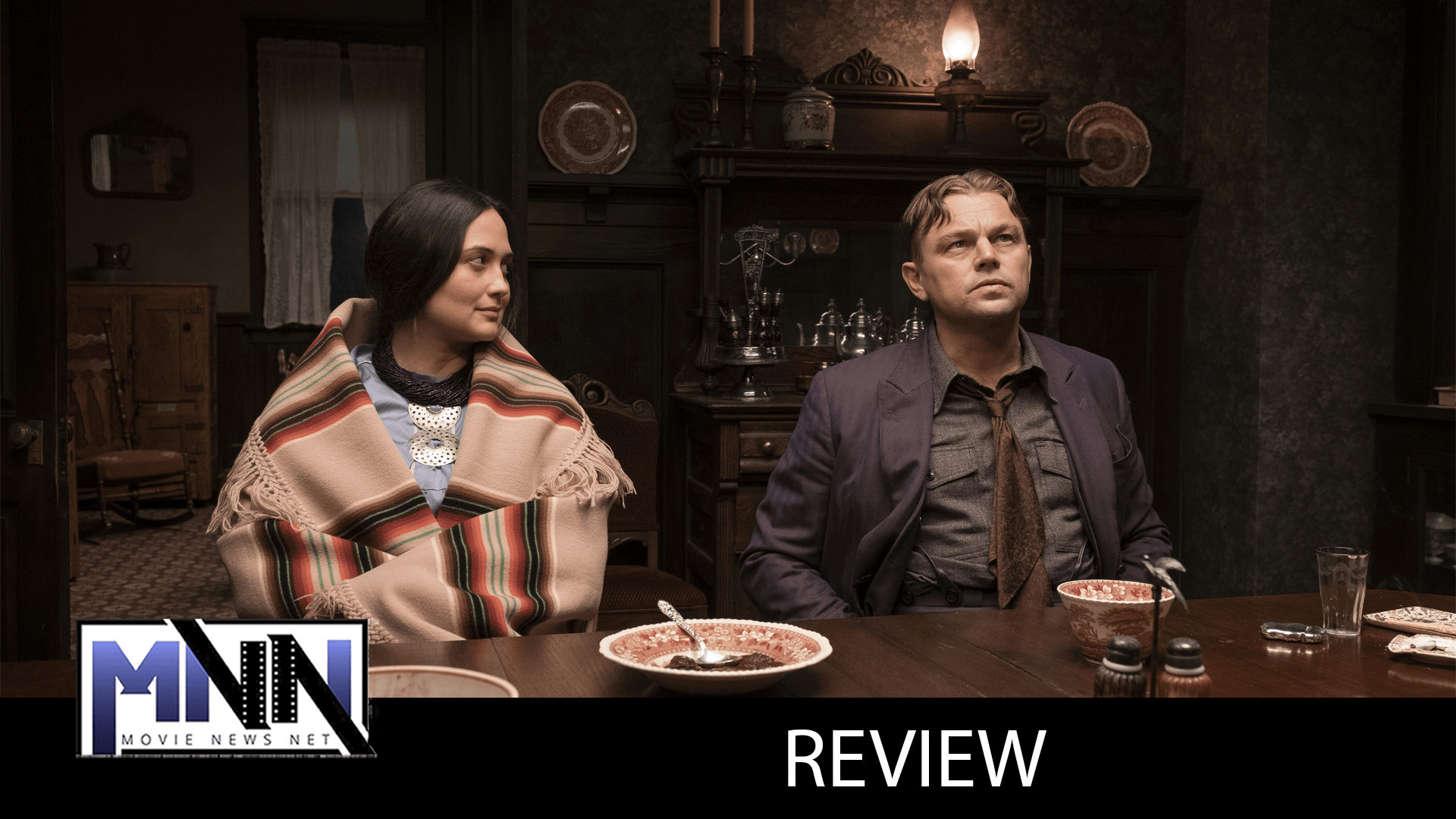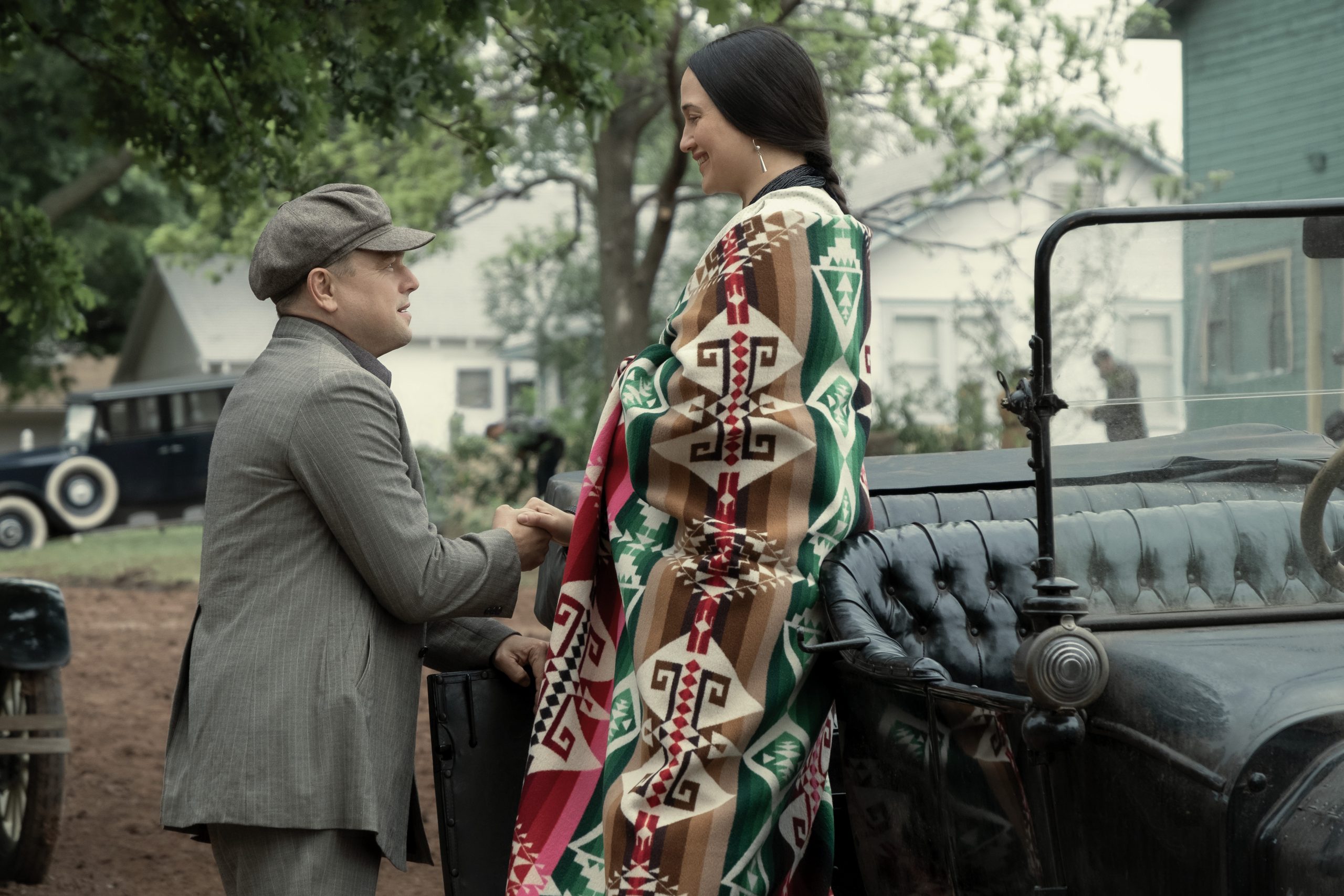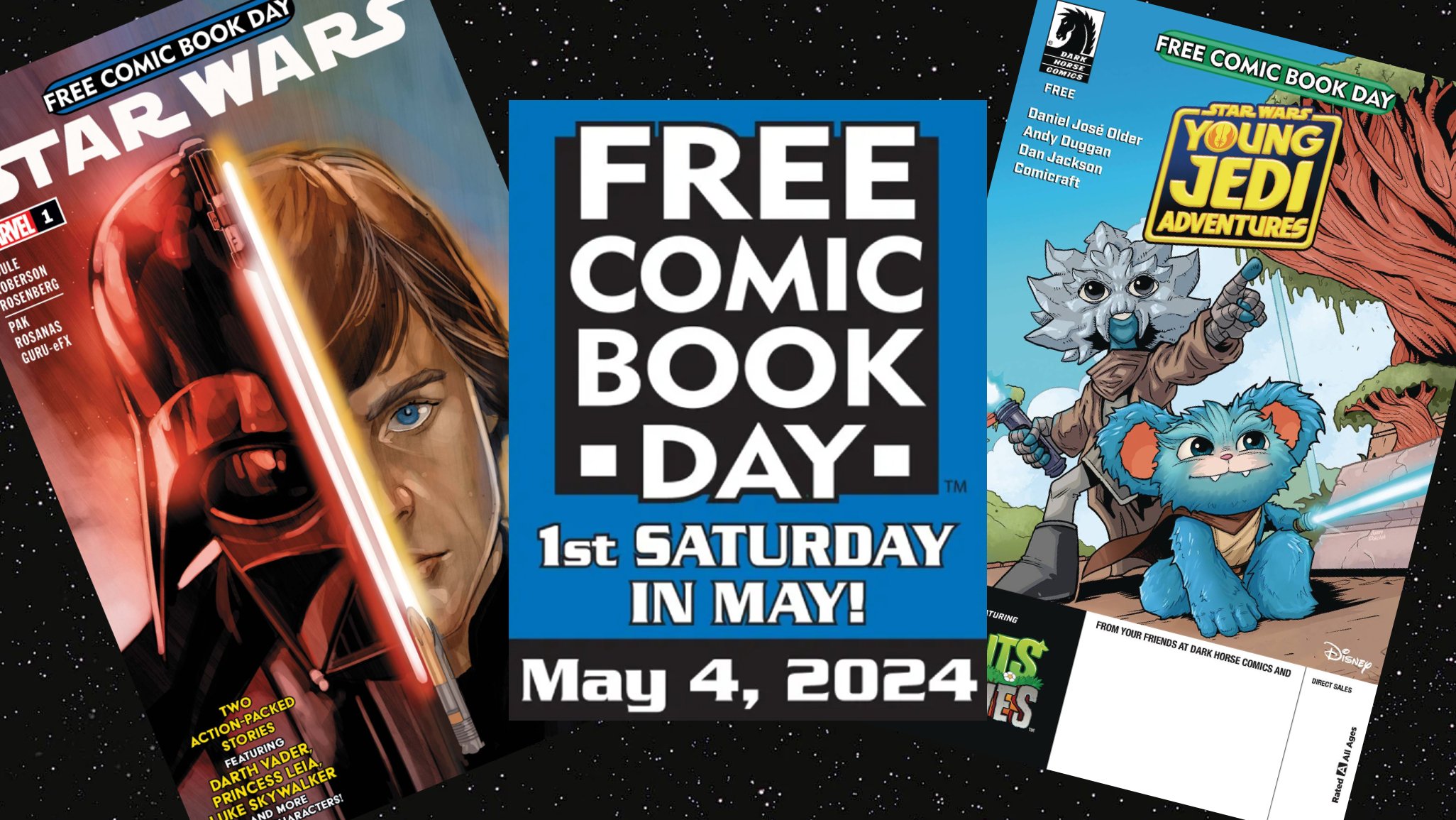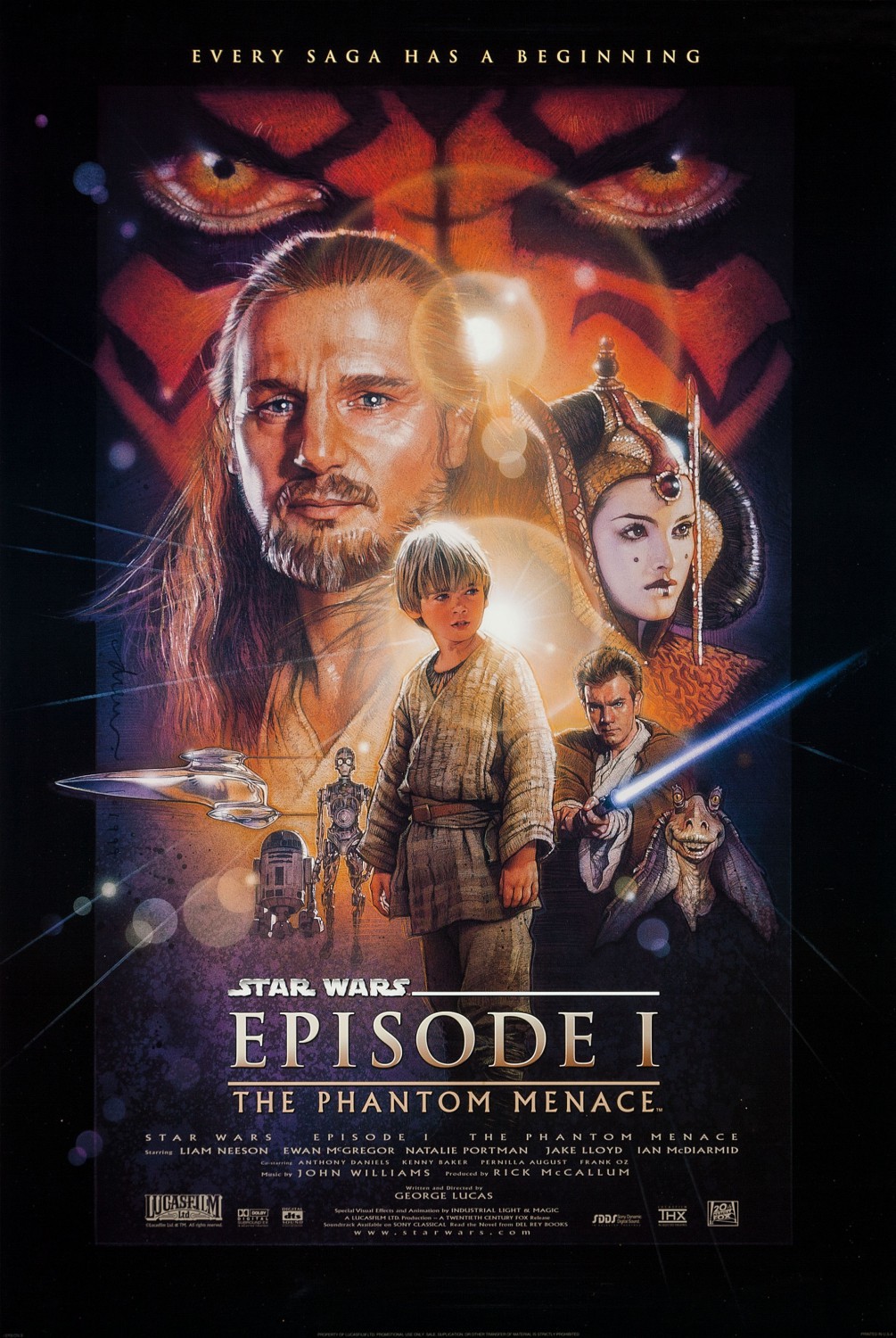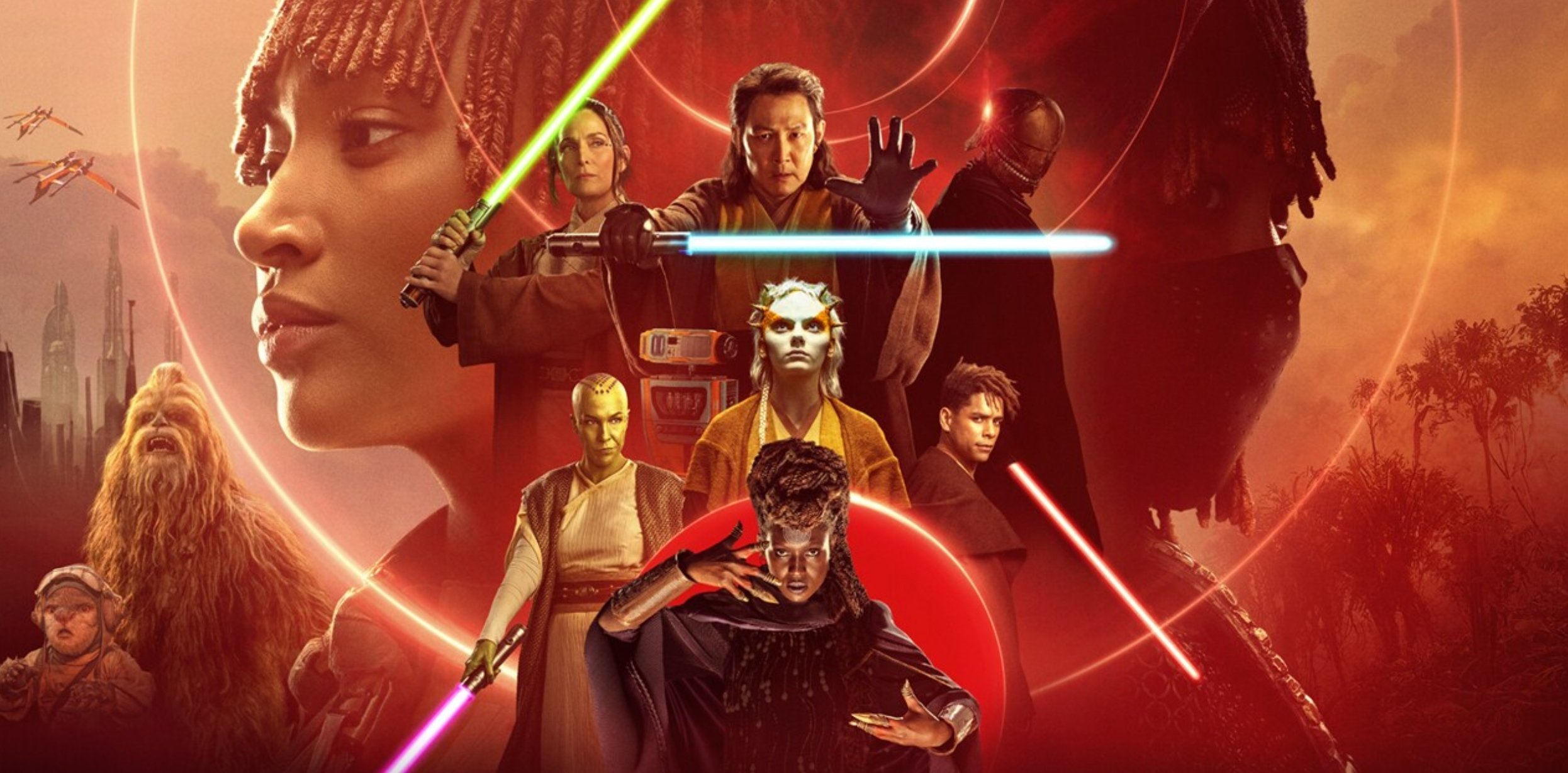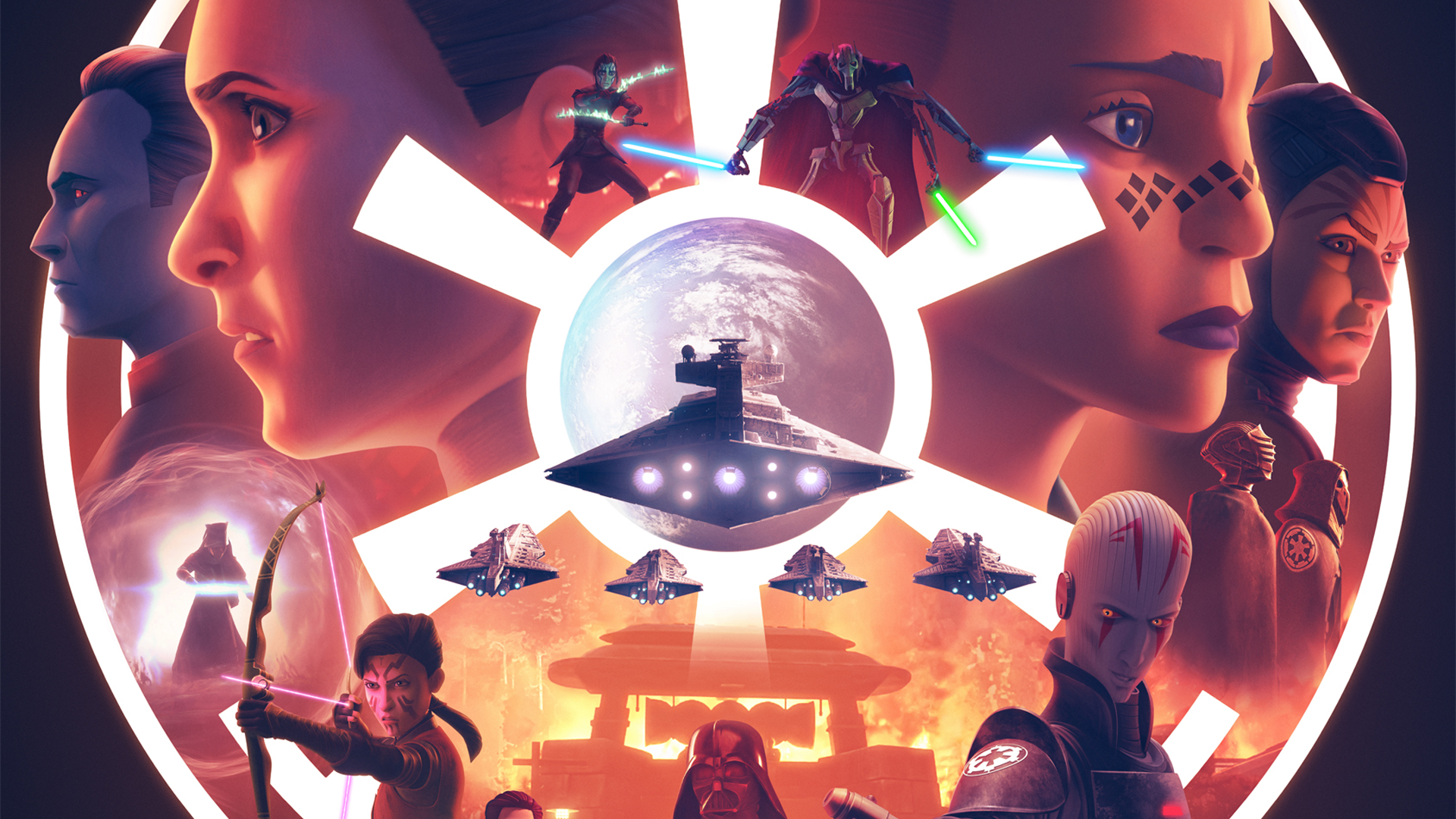‘Killers of the Flower Moon’ Review: Scorsese’s Latest Epic Is a Win for Filmmaking
When Martin Scorsese and Leonardo DiCaprio got deep into developing Killers of the Flower Moon, the latest epic from the Goodfellas and Wolf of Wall Street director that unites the leading men of both of those films for the first time under the Master’s direction, they realized something as they were putting together a rather straight adaptation of the novel by David Grann of the same name. They were missing an emotional investment. There was something about the more rigid and true-crime approach that they were attempting that didn’t quite click.
As they looked at the story they had, they noticed that they lacked the perspective of the actual victims of the events that went on to be named the “Reign of Terror” by the Osage Nation, the Native American community that had been removed by white people from so many different lands as they finally settled them in Oklahoma. Scorsese and DiCaprio, in their research, found a couple at the epicenter of the entire story. Mollie (Lily Gladstone) was one of many sisters about to inherit a massive fortune that the previous generation had made from the oil found under the Oklahoma lands the Osage had settled in — only she would have to split it with her siblings.
Her husband, Ernest (Leonardo DiCaprio), was a trouble-seeker who made a pact with the devil to exchange her brain for good looks, and who eventually betrayed Mollie under the direction of her evil uncle William Hale (Robert De Niro), so the family could ensure a direct line to the wealth that Hale felt belonged to them. Therein lies the paradox of the story: Mollie and Ernest were deeply in love, but how does that weigh against the relentless search for power, domination, and money Ernest and his uncle enrolled themselves into?
The final version of Killers of the Flower Moon is definitely a lot more powerful than what we can interpret the investigation-focused story that the duo, along with co-writer Eric Roth, could have made. And though the decision to shift the focus from the federal investigators working for what would eventually become the Federal Bureau of Investigation as the white saviors of this community, to the actual members of the Osage Nation made for a much more emotional film, the truth is that the emotional pull is slightly lost somewhere in the middle of the film.
In the vast, three-and-a-half final cut of Killers of the Flower Moon, Scorsese and editor Thelma Schoonmaker are able to seamlessly move between different genres to achieve the optimal version of the story. The weight of the film lives on the toll that the events took on the Native Americans and how they wrestled to live with the fact that many of them were marrying white people while highly suspecting it was them who were, one by one, taking out the entire population and inheriting the money. A clear example is De Niro’s William Hale, who everyone in the community accepts as an honorable man whom they are constantly in business with — only they haven’t realized yet that it’s a rather poisonous relationship.
It feels like Scorsese and DiCaprio were on the right path when changing perspectives, but they were either too afraid or not really passionate about the idea of going all the way through and making Lily Gladstone’s Mollie, and not Earnest, the actual lead of the film. There is a whole hour inside the film where Gladstone doesn’t have more than ten minutes of screen time, which can be distracting, to say the least, as we try to be invested in the romantic relationship between the two characters — a spark that is rather missing once act two begins and which is needed for the final moments to fully succeed. It is also during this middle hour that the film turns into a gangster film Scorsese knows how to do better than anyone else on this planet.
There is a narrative reason behind Mollie’s absence from a good portion of the film; one that, for historical accuracy purposes, is hard to escape. But there’s also a case to be made that her absence could have motivated cutting a lot of meat from the second act to elevate Killers of the Flower Moon from the Departed tier it occupies inside Martin Scorsese’s filmography to Goodfellas level. And there is no other way around it, this is a Scorsese picture through and through, and nobody else on this Earth could have made it as compelling, gripping, and memorable as he did.
Any pacing issues that could have arisen from a three-and-a-half hour epic that doesn’t quite justify the runtime of Lawrence of Arabia are blown out of the water by Robbie Robertson’s thrilling score that helps the Schoonmaker weave the scenes together as if there was no other way to do it. Killers of the Flower Moon is an unmissable cinematic event, not just because of the “Directed by Martin Scorsese” title card that appears as the credits roll over, not just because of its technical achievements that are yet another unintentional attempt by the Master to ridicule practically any other filmmaker working today, but also because it’s spectacular in what it does — even if I think there’s a masterpiece inside of it that the final cut doesn’t quite unlock.
And though Lily Gladstone does take a backseat during a certain portion of the movie, that doesn’t mean that we don’t focus on other members of the Osage Nation. In many ways, this is Scorsese’s Schindler’s List. One of the main triumphs of Steven Spielberg’s magnum opus is that it focused on the Jewish community as much as it did on the German hero who saved them. While Scorsese isn’t as interested in the saving, but rather the corruption of the soul that leads to the discriminated people’s reckoning, he does focus a lot on the Osage Nation, humanizing them by showing us how they live their lives, on their names and their faces, their language — which sometimes they subtitle, but also make the conscious decision not to in many other instances, as if he wanted to leave anything they are discussing that isn’t pivotal to the flow of the story outside of our unworthy ears.
Lily Gladstone as Mollie is the absolute highlight of the movie, outshining a Leonardo DiCaprio who essentially plays a character we’ve seen him as many times before (there are shades of Rick Dalton in his performance) — one not as fun as Jordan Belfort, but in many ways much more frustrating, even putting his murderous attitude aside. Killers of the Flower Moon is a raw exploration of greed and hunger for power, and how those, combined with racism, form the basis of what a not-insignificant part of America still is today. Ernest may have loved Mollie very much, but that didn’t prevent him from destroying her world in front of her eyes while she was too blind to see it. The film isn’t interested in giving you the answers as to how love and hate can co-exist in the same breath every time he expresses his feelings to Mollie, but rather leaves it up to the viewer to decide if that is really love.
Killers of the Flower Moon opens in theaters worldwide on October 20.
Miguel Fernández is a Spanish student that has movies as his second passion in life. His favorite movie of all time is The Lord of the Rings, but he is also a huge Star Wars fan. However, fantasy movies are not his only cup of tea, as authors like Scorsese, Fincher, Kubrick or Hitchcock have been an obsession for him since he started to understand the language of filmmaking. He is that guy who will watch a black and white movie, just because it is in black and white.

